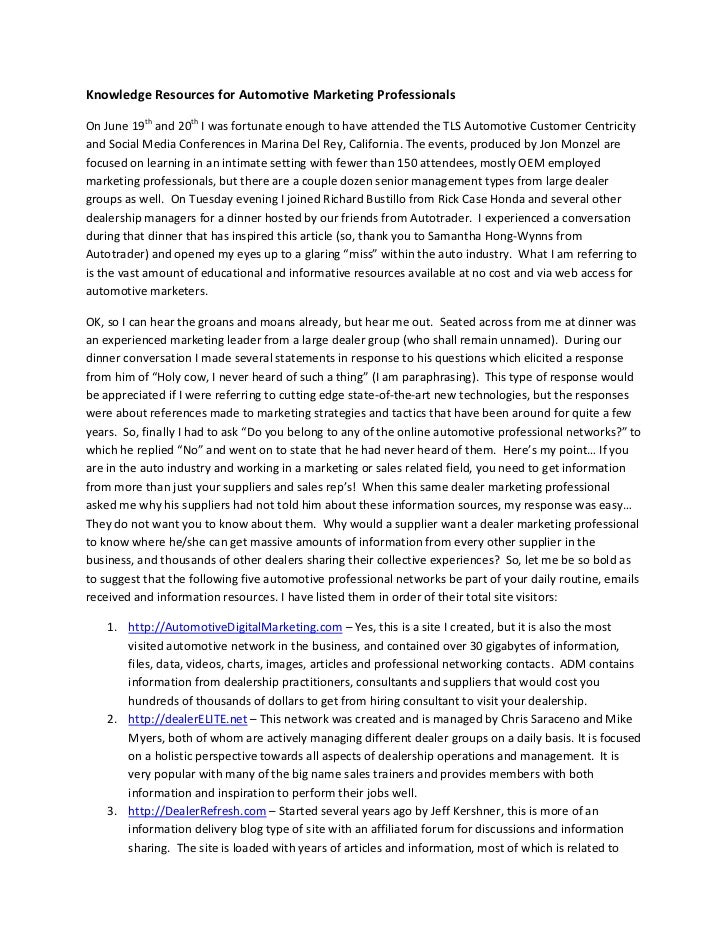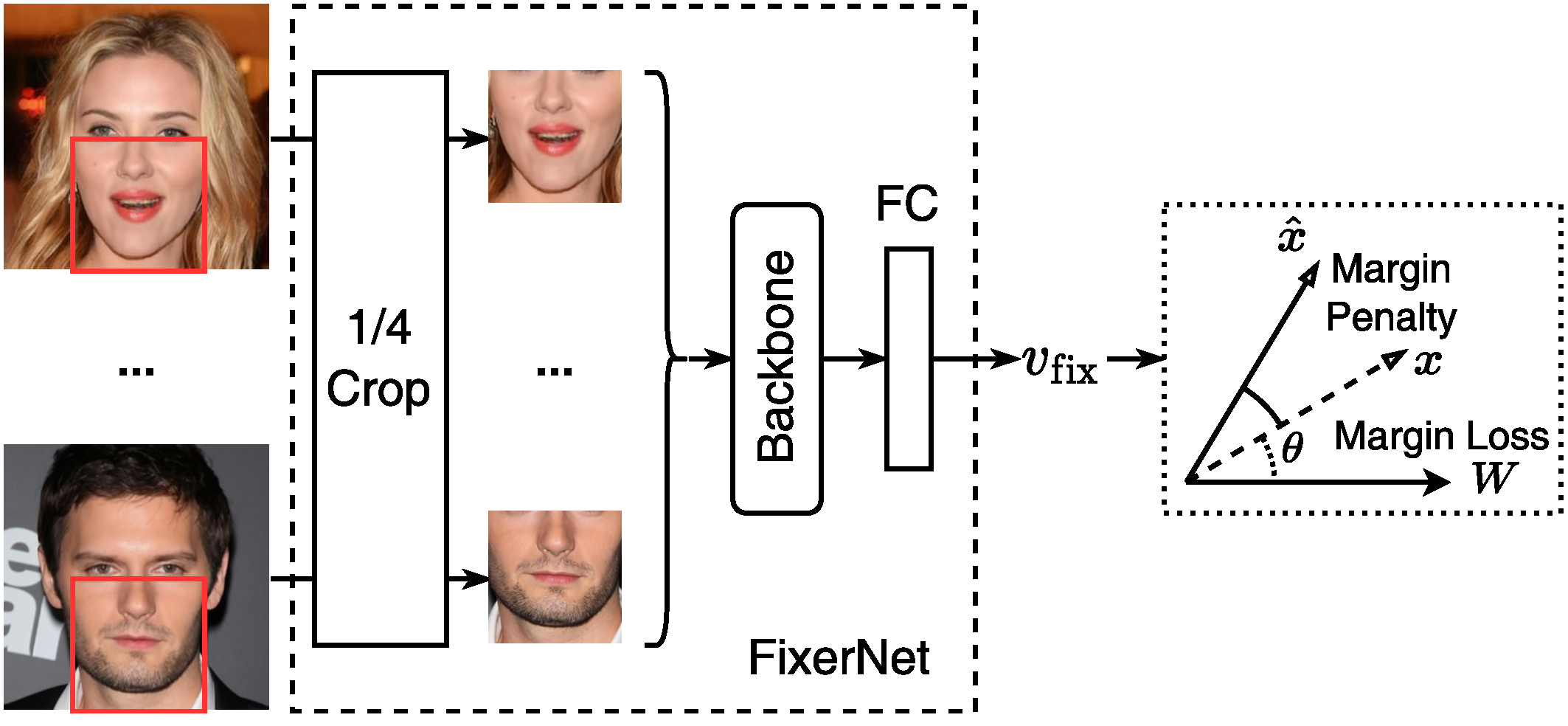
In the sprawling landscape of automotive knowledge, many of us fancy ourselves experts. We might know the horsepower of our favorite model, the intricacies of a transmission, or even the best wax for a showroom shine. Yet, despite our passion and dedication, it’s remarkably easy to fall into the trap of oversimplification, missing the deeper narratives and complex realities that define the vehicles we cherish.
This isn’t about shaming anyone; it’s about elevating our collective understanding. Much like a true detailer knows that a perfect finish requires attention to every hidden crevice, a truly informed car enthusiast understands that the automotive world is rich with overlooked details. These are the ‘shortcuts’ in comprehension that, once unmasked, can transform our perspective and deepen our appreciation for these incredible machines and their profound impact on our lives.
We’re peeling back the layers on aspects of cars that often get a cursory glance, diving into historical evolutions, hidden economic footprints, and societal reverberations that extend far beyond the gleaming paintwork. Prepare to unmask some truths that might just surprise you, adding a whole new dimension to your automotive wisdom.

1. **The True Birth Year of the Modern Car: More Complex Than a Single Patent**Many quickly point to Carl Benz and his 1886 Benz Patent-Motorwagen as the definitive birth of the automobile, and indeed, this groundbreaking invention is generally acknowledged as the first practical, marketable car for everyday use. However, relying solely on this date as the start of automotive history is a significant oversimplification. It overlooks a fascinating tapestry of earlier innovations and parallel developments that set the stage for Benz’s triumph, a shortcut that neglects the incredible journey of human ingenuity.
Long before Benz, inventors were grappling with the challenge of self-propelled vehicles. Nicolas-Joseph Cugnot, a French inventor, is widely credited with building the first full-scale, self-propelled mechanical vehicle in about 1769 – a steam-powered tricycle. His work, while limited by issues with water supply and maintaining steam pressure, was a monumental step. Fast forward to 1808, and the Swiss inventor François Isaac de Rivaz designed and constructed the first internal combustion-powered automobile, years before Benz.
Furthermore, while Benz was perfecting his design, other German engineers like Gottlieb Daimler, Wilhelm Maybach, and Siegfried Marcus were simultaneously working on their own automotive concepts. Their independent efforts underscore that the emergence of the modern car was not a singular stroke of genius, but rather a convergence of determined minds pushing the boundaries of technology. Understanding this nuanced history provides a much richer appreciation for the profound accomplishment that Benz’s patent represented, not as a solitary beginning, but as a pivotal culmination.

2. **Beyond the Petrol Pump: The Diverse Fuels & Propulsion History We Often Forget**Today, the automotive world is abuzz with the transition to electric vehicles, often presented as a revolutionary shift from fossil fuels. While certainly a critical and transformative period, to view this as the *first* major propulsion paradigm shift is to take a historical shortcut. The reality is that the automotive industry has always been a battleground of diverse power sources, with petrol’s dominance being a chapter, not the entire book.
Consider the early days: in November 1881, French inventor Gustave Trouvé demonstrated a three-wheeled car powered by electricity at the International Exposition of Electricity. The Flocken Elektrowagen holds the distinction of being the first four-wheeled electric car. Steam-powered vehicles, like Richard Trevithick’s “Puffing Devil” road locomotive from 1801, also competed vigorously. For decades, steam, electric, and petrol-driven vehicles vied for supremacy, each with its own advantages and limitations.
It was only in the 1910s that petrol internal combustion engines truly achieved dominance, a position they held for over a century. However, the current resurgence of electric cars, which became commercially available in the 2000s and widespread in the 2020s, along with ongoing work on hydrogen vehicles and hybrids, reminds us that the quest for alternative power systems is a continuous cycle. This rich history of propulsion diversity is often overlooked, leading to an incomplete understanding of where automotive technology has been and where it might be headed.

3. **The Hidden Costs of Car Ownership: Far Beyond the Sticker Price and Fuel Bill**When we consider the cost of a car, many amateurs and even some professionals might initially tally the purchase price, insurance, and the occasional fill-up. This common shortcut in financial assessment misses a vast array of expenses, both individual and societal, that contribute to the true economic footprint of vehicle ownership. The reality is that cars demand a much larger, often unseen, investment than many realize.
For the individual, the list of costs extends significantly: acquiring the vehicle itself, certainly, but also potential interest payments if financed, regular repairs and maintenance, fuel, and the inevitable depreciation that diminishes its value over time. Beyond these direct financial outlays, there’s the cost of driving time, parking fees, various taxes, and, of course, insurance. Neglecting these elements can lead to a significant underestimation of what it truly takes to keep a car running and accessible.
Furthermore, society bears a considerable burden that car users contribute to, often indirectly. This includes the resources required to produce cars and their fuel, the monumental task of maintaining road networks, substantial land-use for infrastructure, and the pervasive issue of road congestion. Then there are the environmental tolls like air and noise pollution, impacts on public health, healthcare costs related to traffic incidents, and the complex process of disposing of vehicles at the end of their life. Recognizing these broader, hidden costs is crucial for a complete financial understanding of our automotive choices.

4. **The Silent Polluters: Environmental Impacts Beyond the Exhaust Pipe**When contemplating a car’s environmental impact, the most immediate “shortcut” in thought leads directly to tailpipe emissions. While exhaust gas from diesel and petrol cars is indeed a major contributor to local air pollution and greenhouse gas emissions, fixating solely on this aspect neglects a much broader and insidious range of environmental harms. The truth is, a car’s ecological footprint extends far beyond what comes out of its muffler.
Beyond the obvious, cars generate pollution from sources many might not consider. Dust from brakes, tyres, and road wear releases harmful particulates into the environment. These everyday occurrences contribute to air pollution and also introduce heavy metals and microplastics into our ecosystems, a problem that intensifies with the increasing weight and size of modern vehicles like SUVs. Mining operations related to car manufacturing and the risk of oil spills further exacerbate water pollution, illustrating a complex web of interconnected environmental damage.
Moreover, the very infrastructure supporting car usage has profound ecological consequences. Roads and sprawling urban designs fragment and destroy habitats, leading to biodiversity loss and the tragic phenomenon of roadkill. A growing demand for larger SUVs, explicitly mentioned in the context, is actively driving up emissions from cars, offsetting gains in fuel efficiency. Governments are implementing fiscal policies and bans on older, more polluting cars, recognizing the multi-faceted nature of automotive pollution and aiming to mitigate these often-overlooked environmental costs.

5. **The Social Ripple Effects: More Than Just Personal Freedom and Convenience**For many, the car epitomizes personal freedom, offering on-demand transportation, unparalleled mobility, independence, and convenience. This focus on individual benefits, while valid, often represents a social shortcut, masking the complex and sometimes detrimental ripple effects that widespread car usage has on communities and public health. The car’s role in society is far more intricate and double-edged than a simple equation of personal gain.
One of the most visible social costs is traffic congestion, a pervasive issue in major cities worldwide. Beyond the delays and frustration, car dependency has created a “transport divide,” especially in low-income neighborhoods, where the necessity of owning a car can become a barrier to employment for those who cannot afford its ongoing costs. The context even highlights specific challenges, noting that “dependency on automobiles by African Americans may result in exposure to the hazards of driving while black and other types of racial discrimination related to buying, financing and insuring them.”
Public health is another significant casualty of car-centric societies. Air pollution from cars increases the risk of lung cancer and heart disease, and can harm pregnancies, leading to premature births or lower birth weights. Children, whose bodies are still developing, are particularly vulnerable, with links to asthma, childhood cancer, and neurocognitive issues. Furthermore, urban sprawl encouraged by car use promotes inactivity and obesity, contributing to a variety of diseases, and can limit children’s opportunities for independent exploration, eroding crucial developmental experiences.

6. **Unpacking Automotive Safety: Who is Protected, and How? A Deeper Look**When we think of car safety, the instinctual shortcut is often to focus on crash ratings and the number of airbags, assuming that a high safety score equates to universal protection. However, a deeper dive into automotive safety reveals a more complex reality, particularly concerning who benefits most from current safety advancements and the external impacts of vehicle design. This nuanced perspective is vital for anyone truly invested in road safety.
It’s a sobering fact: “Traffic collisions are the largest cause of injury-related deaths worldwide.” This stark reality underscores the critical importance of safety features. Early fatalities, like Mary Ward in 1869 and Henry Bliss in 1899, highlight the long, often tragic, journey of improving vehicle safety. Today, we have standard tests like Euro and US NCAP and those backed by the Insurance Institute for Highway Safety (IIHS), which provide valuable benchmarks for new cars.
However, a crucial oversight in many safety discussions is that “not all such tests consider the safety of people outside the car, such as drivers of other cars, pedestrians and cyclists.” This is especially pertinent given the trend mentioned in the context: “Heavier cars are safer for the driver from a crash perspective, but more dangerous for other vehicles and road users.” This reveals a significant ethical and practical dilemma, as individual driver safety is often prioritized at the potential expense of the broader community. A true understanding of automotive safety requires acknowledging these externalized risks and considering comprehensive, holistic solutions for all road users.

7. **The Assembly Line Revolution: More Than Just Faster Production Speeds**The story of mass production in the automotive industry is often condensed into a simple narrative: Henry Ford invented the assembly line, cars got cheaper, and everyone could own one. While dramatically impactful, this common narrative is a shortcut that misses the profound, multi-faceted revolution that mass production, particularly ‘Fordism,’ instigated across industrial, economic, and even social landscapes. Its influence was far broader than mere speed.
Large-scale, production-line manufacturing of affordable cars actually started with Ransom Olds in 1901 at his Oldsmobile factory, building upon techniques pioneered elsewhere. However, Henry Ford truly expanded this concept, implementing the world’s first moving assembly line for cars at the Highland Park Ford Plant in 1913. This innovation was transformative: Ford’s cars came off the line in an astonishing 15-minute intervals, increasing productivity eightfold and significantly reducing the manpower required for each vehicle, from 12.5 man-hours to just 1 hour and 33 minutes.
Read more about: The AI Revolution: 15 Key Careers Set to Transform (Or Disappear) by 2030 – Are You Ready to Pivot?
Beyond sheer efficiency, Ford’s system, dubbed ‘Fordism,’ introduced equally revolutionary human resource practices. He combined high wages with high efficiency and implemented complex safety procedures, especially by assigning workers to specific locations rather than allowing them to roam. This dramatically reduced injury rates, directly impacting worker welfare and productivity. The success was so overwhelming that it rapidly spread globally, leading to the establishment of Ford subsidiaries worldwide and compelling other manufacturers, like Citroën, to adopt the method. Companies that failed to embrace assembly lines, numbering around 250 by 1930, simply vanished, underscoring the irreversible and complete transformation of the automotive industry – a legacy far richer than just faster cars.




